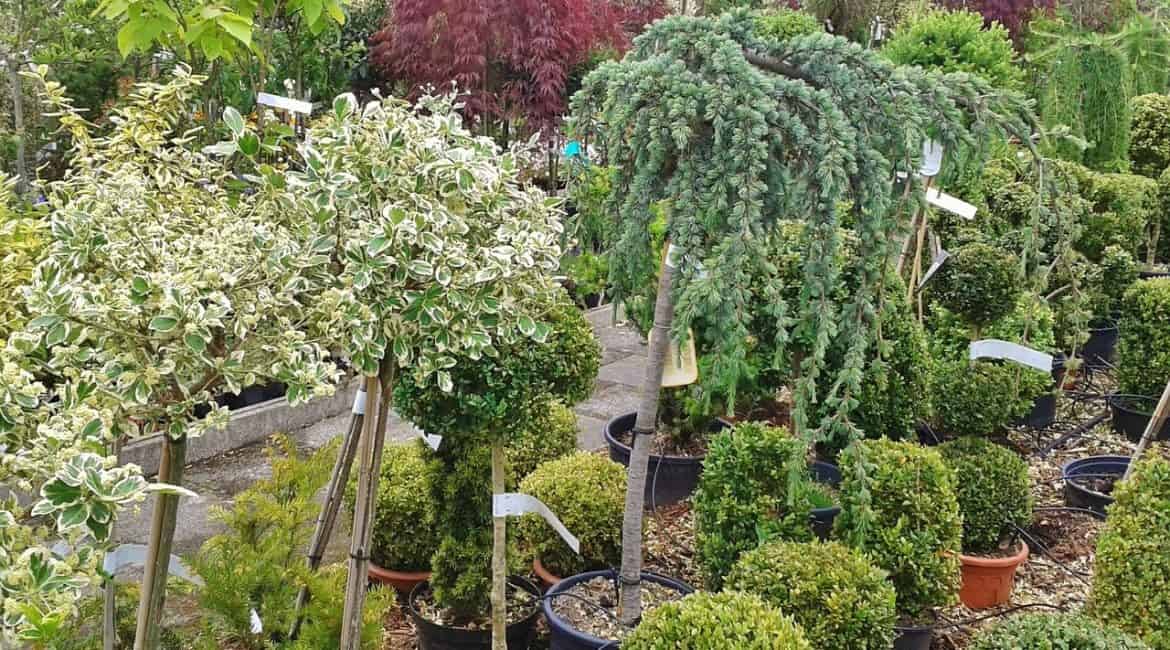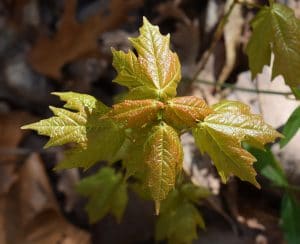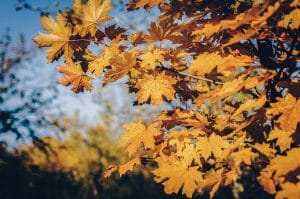Having trees in your yard is a great way to possibly cut down on your energy bills. Trees have been shown to help lower the air temperature and increase humidity in the summer. A shady tree near a house can reduce a household’s summer electric bill by almost $25 a year. The fact that trees provide shade in the heat of the summer and act as a wind barrier in the colder months is a bonus to you and the environment. Don’t just plant any kind of tree though! We have put together some key tips on how to plant a tree, which ones to plant, and which ones to avoid. Just a note – the best time to plant trees in Vermont is either in the spring before the tree buds or in the fall after a tree’s leaves have dropped.
How to plant your tree:
- Do your research and pick the right tree and make sure it has room for the roots and canopy to grow (so be sure to check on the average mature growth size so the tree isn’t too big for where you want to plant it).
- Check for any underground utilities prior to digging – Dig Safe is a non-profit company that will come and mark out and utilities if you are planting trees, installing a fence or for any other home improvements.
- Ask the nursery where you purchased the tree for their advice on planting. A good common rule of thumb is to dig a hole that is no deeper than the height of the root ball.
- Remove any twine, wire, cords, containers, burlap, (as much as you can) and any other non-biodegradable materials from the tree. root ball before placing it in the hole.
- Fill the hole back up with the same soil that came out being sure to pack the soil as you go.
- Place a layer of mulch around the tree to help keep the temperature steady and boosts moisture levels.
- To make sure your tree stays upright, install tree stakes, and tie loosely to the trunk.
- Water the tree every day for several weeks after the first planting. This will help the roots become more established into the surrounding soil. If it is particularly dry, continue to water weekly to keep the tree from drying out.
- Protect the tree from animals by placing a mesh fence around the trunk so animals don’t nibble at the bark.
Trees that are good for Vermont yards:
- Red Maple – a popular tree in Vermont as it develops excellent red fall color.
- White Cedar- popular for hedgerows.
- Paper Birch – native to the Northeast, it has striking white bark and tolerates poor soils.
- Sugar Maple – beautiful foliage in fall and lots of shade and is Vermont’s State Tree.
- Oak – grows fast and adapts well.
- Apple – many native apple trees do well as ornamental and provide fruit for wildlife.
Trees to avoid:
- American Sweetgum – roots can crack sidewalks, and they have sharp seed pods.
- Black Walnut – kills and takes over other plants.
- Norway Maple – it’s an invasive tree and kills surrounding plants and trees.
- Willow – the roots are aggressive and attack sewer lines; it is also weak and can crack in bad weather.
The Vermont forestry site has a great tree selection worksheet to help you figure out the best tree for you. The U.S. Department of Agriculture’s Forest Service has also developed a free digital tool that can tell you how much money a tree on your property saves each year. You can also call your local UVM Extension site to ask questions about planting trees. Trees are a great energy-saving source, it’s even better when you plant them yourself! If you do decide to plant your own, make sure the tree is good for your location and then sit back and enjoy! Check out www.nwwvt.org for more ways to save.
Author: Bailey Aines, part-time NWWVT employee







